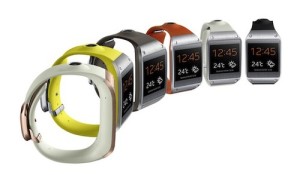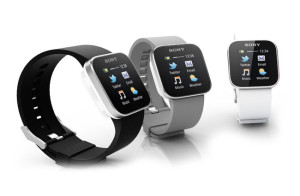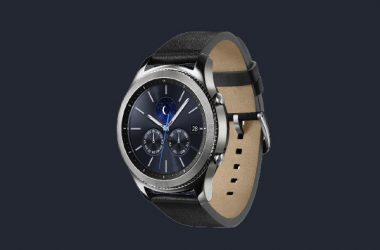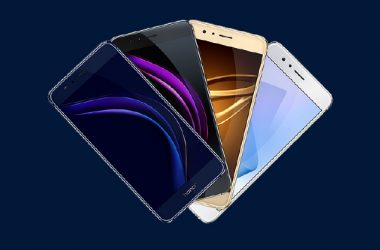There are few consumer electronics products as hyped at present as so-called smartwatches.

While much of the hype is due to the anticipated unveiling of some sort of wearable device by Apple next year – something the company hasn’t actually confirmed – excitement has been building thanks to devices from two other industry heavyweights: Sony and Samsung.
Sony recently unveiled its second smartwatch, called the SmartWatch 2, and Samsung provided a first look at its Galaxy Gear on Wednesday at the IFA electronics show in Berlin.
Here’s a look at how the two devices measure up based on the initial specifications from each company.

The screen
Both have a 1.6-inch screen but that’s where the similarities end. Samsung has chosen an OLED (organic light emitting diode) screen while Sony uses transreflective LCD (liquid crystal display). Both screens use less power than traditional LCD panels — OLED thanks to pixels made up of an organic compound that emits light when a current is passed through it and transreflective LCD because it makes use of ambient light in addition to a backlight. But it’s difficult to say which is better without a more thorough test. The Galaxy Gear has the better resolution at 320 pixels square while Sony’s SmartWatch 2 is 220 pixels by 176 pixels.
The camera
The Galaxy Gear has a 1.9 megapixel camera compared to none on the SmartWatch 2, so an easy victory for Samsung on this feature.
The apps
Both watches have a number of custom-built apps that will run alongside the basic clock. Some are common to both, like Evernote, but there are considerable differences in the others. While Samsung’s Galaxy Gear will display details of emails received using its own email client in the Note 3 handset, for Gmail, Twitter and Facebook it will only show notifications that a message has been received. Sony’s SmartWatch 2 will let you see details of those messages on the screen. This might be a concern for early adopters, but as apps so often change it might become less of an issue as time passes.
Battery life
There is a big difference in the claimed battery life figures from each company. Samsung said the Galaxy Gear will last up to 25 hours in regular use while Sony claims between three and four days in normal use.
The sports (or party) zone
Both watches will withstand a certain amount of dust and water without becoming expensive chunks of useless plastic, but Sony has Samsung beat. The Galaxy Gear is rated for IP55 — protected against dust and water jets for a few minutes — while the SmartWatch 2 is rated to IP57 — dust and submersion in up to a meter of water for 30 minutes.
Weight and dimensions
The Smartwatch 2 is thinner and has more of a squared shape compared to the rectangular Galaxy Gear. Sony’s device measures 9mm thick and 42mm by 41mm against Samsung’s 11mm thick and 37mm by 57mm, which means the volume of the SmartWatch 2 is about a third less than that of the Galaxy Gear, but the Sony watch weighs more: 122 grams compared to 74 grams.
Compatibility
It’s no use studying specifications if the device won’t work with your phone — both have limited functionality when they aren’t paired with a smartphone. Sony’s SmartWatch 2 will happily play with any smartphone running Android 4.0 but Samsung’s is much more picky. At launch it will run on the Note 3 only. Samsung said it plans to offer software updates to some recent model smartphones, like the Galaxy S3, but don’t expect to use it on non-Samsung products.
Price and availability
The Galaxy Gear will be available beginning late September for around US$299. Sony hasn’t announced a date for the SmartWatch 2, but it’s listed on Amazon U.K. as shipping next week for £160 (US$250).





